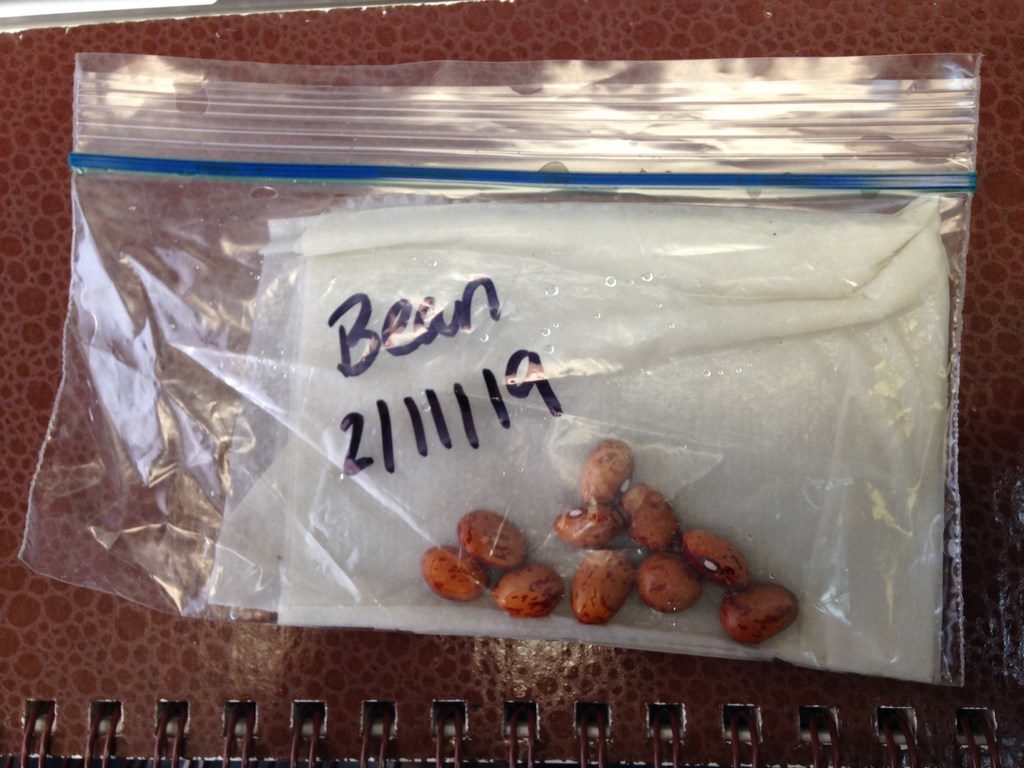Try this trick to test old seeds to see if they will grow

With spring around the corner, you may be perusing seed catalogs to order your favorite fruit and vegetable varieties. But don’t be so quick to purchase new packets — those leftover seeds from seasons past may still be viable for planting. You can test old seeds to find out.
“There’s a common misconception of folks that are doing seed starting that they have to start fresh,” said Kate Garland, horticultural professional at the University of Maine Cooperative Extension. “You’ll obviously want to start out with some good quality seed. You don’t always have to start out with new seed, though.”
Depending on the type of plant, some seeds can still grow even years after you have ordered them.
“Some seeds can store well and stay viable for five, six, seven years,” Garland added. “If they’re stored well in a cool dark location, they can stay viable for very long.”
Garland said there is one exception: seeds in the onion family, including leeks and chives.
“That’s the rare case where I just toss the seed if I haven’t used it that year because it does not stay viable,” Garland said.
For your other seeds, the test is simple: place 10 seeds on a wet paper towel, put them in a resealable plastic zipper storage bag and keep it in warm spot (the top of the refrigerator or a countertop will do — Garland says to just make sure you will check it often).
Check the bag every day for the tell-tale signs of germination: a small root, stem and a few leaves bursting out of the seed. Different seeds will take a different amount of time to germinate, but Garland said it should take between five and 10 days for the seeds to sprout. She also recommended rinsing the bag out every few days, “just to give fresh water so it doesn’t get stinky and stagnant.”
Even if only a small percentage of your seeds germinate, you may still be able to plant them. Garland said for germination rates around forty percent (in other words, if only four of your 10 seeds germinate), just toss in more seeds when planting.
“If you don’t want to toss it and waste potentially viable seed, sow it heavier,” she said.
The test will work with most vegetable seeds. Garland said the test is especially effective for beans, tomatoes, peppers and peas. She also said to be mindful if the seeds require light to germinate, like lettuce.
Plant that require more specific conditions like stratification and scarification to germinate — native flowers, for example — are not suited for the simple plastic bag germination test.
“It highlights how complicated native plants can be in terms of how to grow them and all the different things you need to keep in mind,” Garland said. “Some seeds are meant to go through the digestive tract of an animal in order to germinate.”
For most plants, though, is worth testing your past seasons’ seeds. Reusing old seed will not only give life to salvageable plants, but also save you a bit of money.
“I think it’s a great way for gardeners to keep using seed from year to year,” Garland said. “I am very frugal person, so I endorse frugal gardening.”
